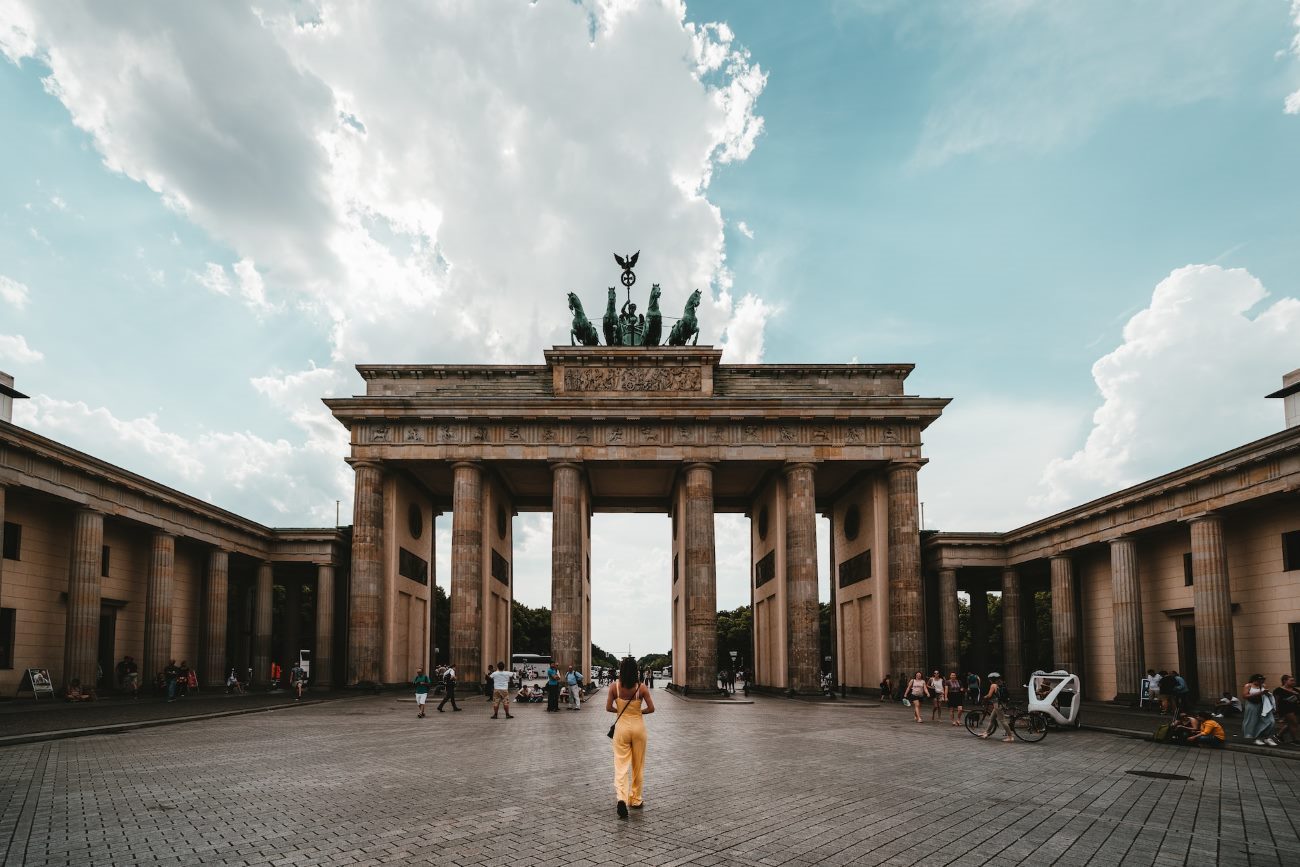How Can I Travel from Berlin to Auschwitz Concentration Camp?
A somber and profound experience visiting Auschwitz, the largest Nazi concentration and extermination camp, is one that we must remember what happened in the past. This guide helps you if you are in Berlin and would like to make this journey if possible.
1. Choose Your Mode of Transport
How to get from Berlin to Auschwitz there are several ways.
- By Plane: Krakow Airport is the nearest airport to Auschwitz. It is possible to fly from Berlin to Krakow, and from Krakow to the camp by taxi or bus. It is the fastest option and may be more costly as well.
- By Train: Train is a very convenient mode and it also provides a scenic journey. The journey from Berlin Hauptbahnhof (the central station) to Krakow and to Auschwitz continues with a bus or taxi.
- Several bus companies have direct route from Berlin to Auschwitz. It usually takes about 8 to 10 hours in the journey. Reliable bus companies with nice and safe travel options should be found.
- If you would rather choose your own travel using the freedom of driving, you can rent a car and do the approximately 600 km journey yourselves. It is also important to include tolls, parking and driving times.
2. Plan Your Visit
Once you’ve decided what mode of transport is going to be your Auschwitz visit, it’s worth planning your visit to Auschwitz.
2.1. Entry Tickets
Entry tickets are recommended to be booked in advance online to avoid missing the opportunity. Booking is easy and early will mean you’ll make it in, and avoid long queues at the entrance, as Auschwitz draws in a large number of visitors.
2.2. Guided Tours
Instead of using the tour on your own, it may be of benefit to join a guided tour. The most professional guides will give you valuable historical context, insights and chances that you don’t miss the key points. That time, they often know Holocaust history and can answer your questions as you go through the visit.
2.3. Duration and Opening Hours
Expect to spend a whole day at Auschwitz. The site is large and it’s worth giving time to explore each area with respect. Visitors can visit the camp daily other than holidays. The most up to date hours can be checked on the official Auschwitz-Birkenau website.
3. Learn About the History
Familiarizing yourself with the history of Auschwitz and the Holocaust before you arrive will be useful. The experience will deepen your understanding of the atrocities committed at the camp and the importance of understanding the significance of that camp.
Seek information in the historical context through reading books, watching documentaries and online resources. With this preparation, you will know much more about the exhibits and memorial sites of Auschwitz.
4. Respectful and Sensible Behavior
It is important to remember that Auschwitz is a place of mourning and remembrance when you visit it. Following a few guidelines will show respect for the victims and their memory:
- Watch how you behave during your visit because you will maintain a respectful and quiet demeanor. Don’t be loud or have inappropriate conversation, behave inappropriate at all, and don’t take selfies in inappropriate areas.
- Some areas allow photography, but take caution of the importance of the place and the value of the subject matter. Avoid photography in restricted areas.
- Dress according to decency for the victims. Avoid revealing or offensive attire.
- Pay attention to the instructions of the guides and staff. They are there to make sure all that visit have something respectful and meaningful.
5. Take Time for Reflection
Make sure you manage to spare a little time during your visit to think over the experience. Auschwitz is a place that cannot fail to leave you marked, and you have the choice to make the most of the experience by reflecting on your emotions and thoughts, as that is part of the journey. There are designated reflection spaces and it might be good to consider sitting quietly in one of the memorial areas.
6. Other Considerations
Additional things to take into consideration when planning your trip, without changing the structure of the given sentence are as follows:
- Dress the correct way based on the weather forecast. Dress comfortably and be ready to encounter several weather conditions because the camp is mainly outside.
- There are no food options available inside the camp, so pack some snacks and water. But be careful and don’t eat in places where people will surely have a problem with it.
A trip to Auschwitz is an educational experience that is powerful but remember treating it with respect and solemnity as it should be treated.
Table of Contents



